![]()
Colby Brown is a travel, wildlife, and humanitarian photographer who has traveled to over 120 countries in his 18-year career. Spending nearly six months a year traveling to the farthest corners of the globe, the Pennsylvania-based photographer uses his art to advocate for conservation, cultural preservation, and environmental awareness.
Full disclosure: This article was brought to you by Adobe
Photographer Colby Brown uses his camera to document places, wildlife, and culture while educating people about the importance of storytelling and conservation. Through his workshops, humanitarian projects, and powerful imagery, Brown emphasizes the importance of visual storytelling in making a global impact, inspiring countless others to use photography as a force for positive change.
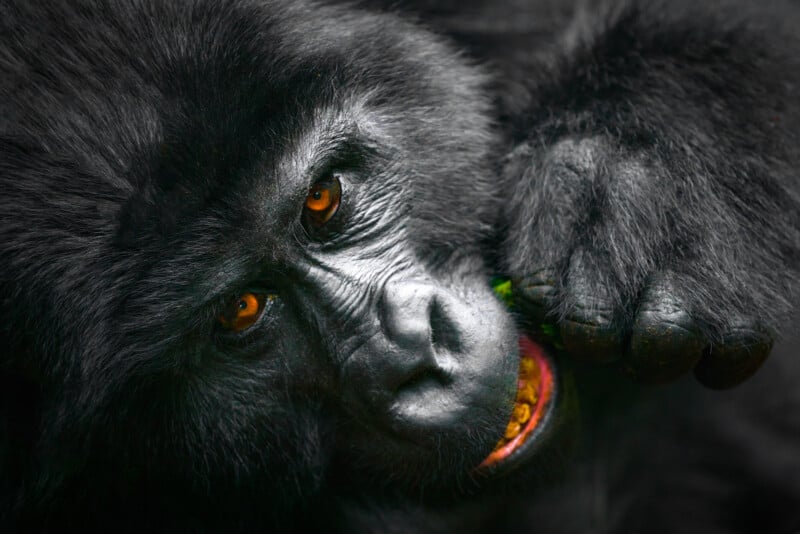
Photography wasn’t always the career path that Brown had envisioned. “I don’t have that iconic or serendipitous photo story where my father gave me a camera when I was seven years old, and being a photographer was always what I was destined to be,” Brown tells PetaPixel. Rather, Brown’s passion for photography was born out of necessity.
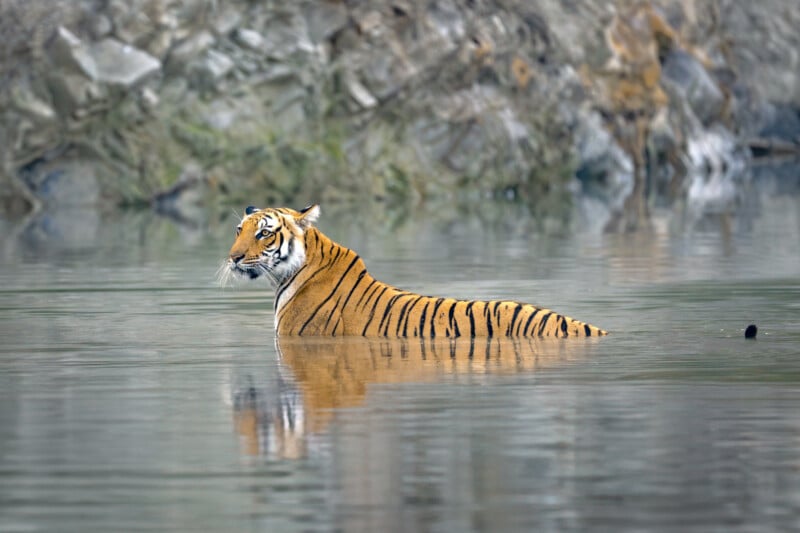
“After I graduated from college, I worked at a hospital for about eight months,” Brown describes. “I immediately knew the 9 to 5 lifestyle wasn’t for me. I had done some traveling during my breaks in school, and all I could think about was seeing the world. I was young, with no major responsibilities or debt, so I booked a one-way ticket to Bangkok, Thailand with the goal of exploring Southeast Asia with no plan.”
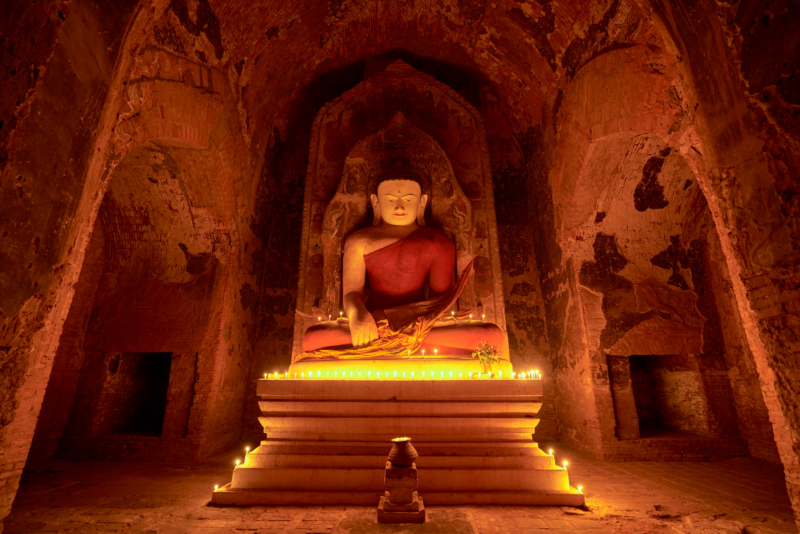
“2006 was the middle of the dot com boom,” Brown continues. “I noticed that newspapers and magazines, both print and digital, were anxious to get written and visual content to cater to their audiences who were growing more interested in travel. Knowing my limited savings wouldn’t last forever, I decided to buy an entry level DSLR with the goal of selling images and written stories from Southeast Asia to publications. I didn’t know much about photography, but I was hyper-focused on using photography as a means to fund my love of travel.”
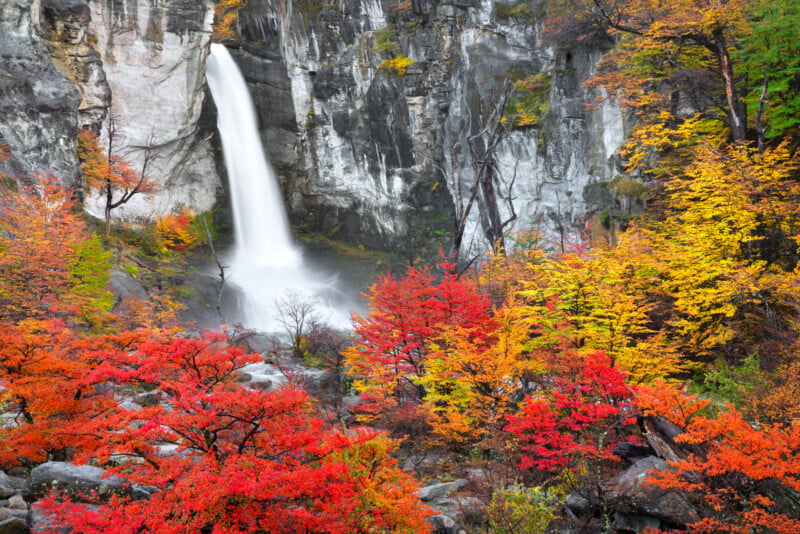
Brown describes that the passion for photography didn’t come with the first photos that he took with his new camera. “It was my love of travel, the excitement to live on the road, and the desire to have unique experiences that became the conduit that allowed me to pick up that camera for the first time. My mind was solely focused on creating content to make money that would allow me to stay on the road, and the camera was a tool to make that happen.”
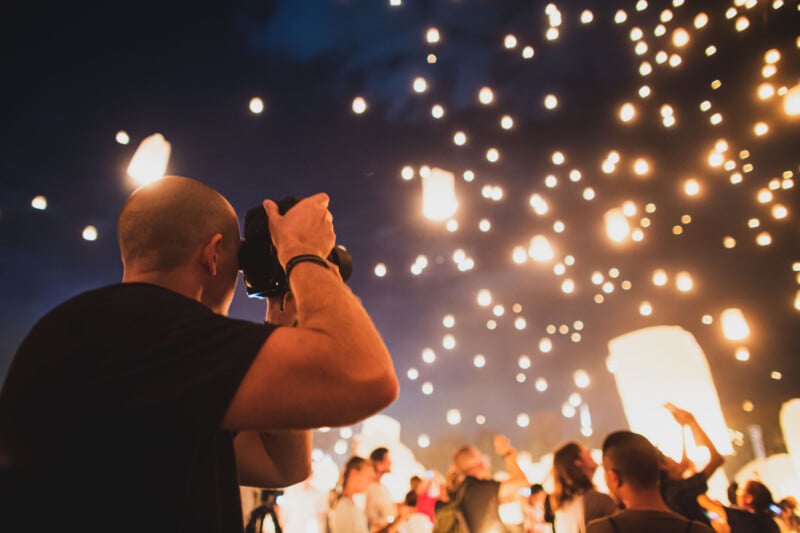
That mindset changed one quiet morning in Angkor Wat, a famed 12th century Hindu-Buddhist in the lush jungles of Cambodia. “There really is nowhere like Angkor Wat in the early morning hours,” Brown describes. “I was in the temple as the sun began to rise, and out of the corner of my eye, I saw an incredibly interesting looking monk wearing white,” Brown continues. “He was walking down this corridor, passing through these beautiful sunbeams. I kept watching him, noticing where he was going. And I distinctly remember, it was the first time that my mind visualized the photograph that I wanted.”
Brown describes how he quickly set his camera settings and waited for the moment that he envisioned to cross in front of his lens. “The monk came out of the pillars, walked where I had my camera aimed, and I quickly took a handful of shots. I captured this perfect moment where everything came together. His legs were separated in this graceful stride, beautiful early morning sunlight was falling on him, and the temple was illuminated in a way that showed off its exquisite details.”
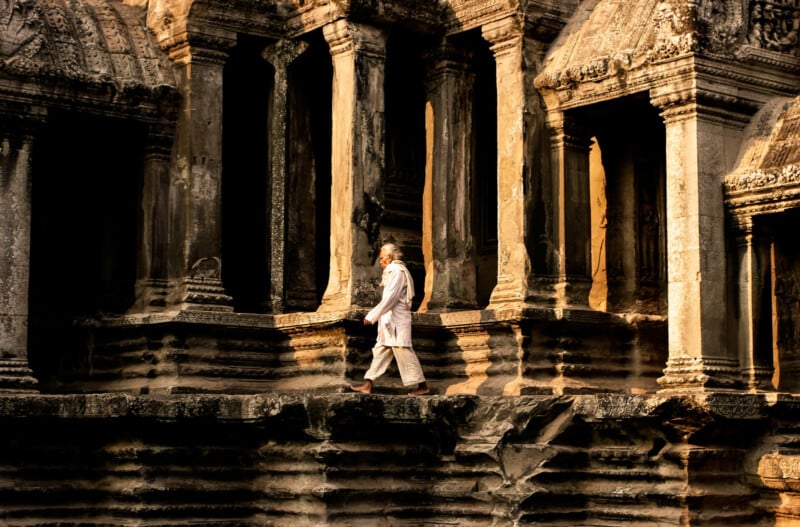
“I remember taking the shot and being excited about seeing this moment that I had envisioned unfold right in front of me. While most photographers can not pinpoint one moment that their love for photography was ignited, I definitely can. It was at that moment that I didn’t just see the camera as just a tool to make an income, rather, I saw it as a tool to explore my creativity and capture moments in time that had meaning to me, and not the editors that I was pitching.”
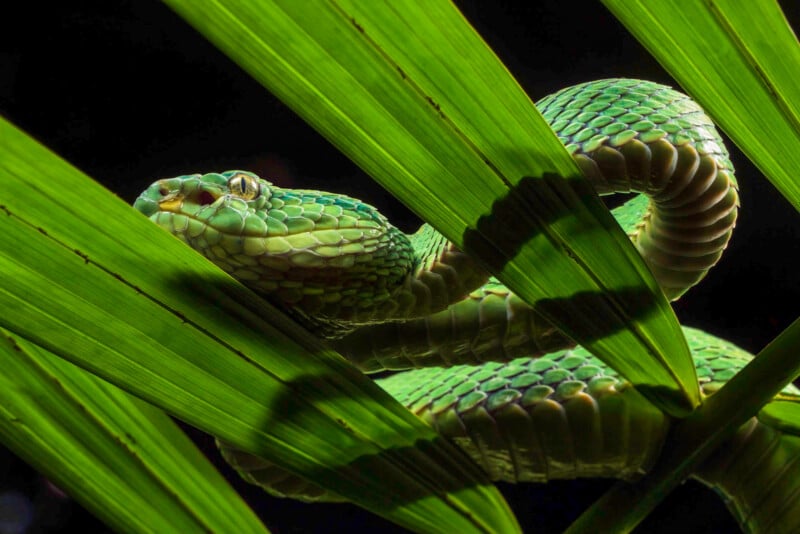
Brown would live in Southeast Asia for over three years, traveling through Vietnam, Laos, Cambodia, and Nepal before an illness forced him to return to the United States. With a newfound passion for photography to accompany his love for traveling, Brown began to study photography relentlessly. “Growing up, I was an athlete, so I didn’t have any creative outlets,” he describes. “Once my obsession with photography kicked in, I was determined to make my photographs look the best they could possibly look. I bought books to study different editing techniques in Lightroom and Photoshop.”
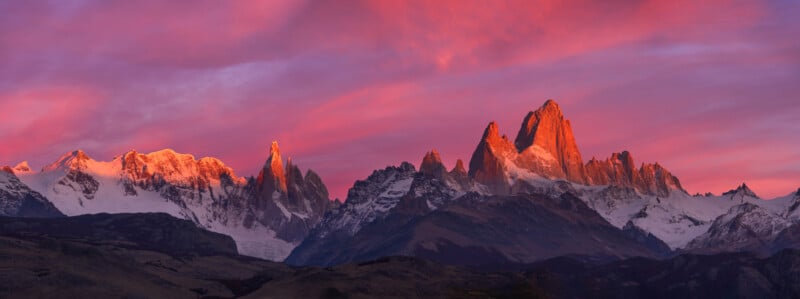
“I upgraded my camera and bought more lenses,” he continues. “And it was then that I came across an opportunity to help National Geographic build out their student expedition program in Central and South America, specifically, Ecuador and the Galapagos Islands. I planned the itineraries and led the trips when the students arrived. This allowed me to hone my photography skills in the field in one of the most beautiful places on earth.”
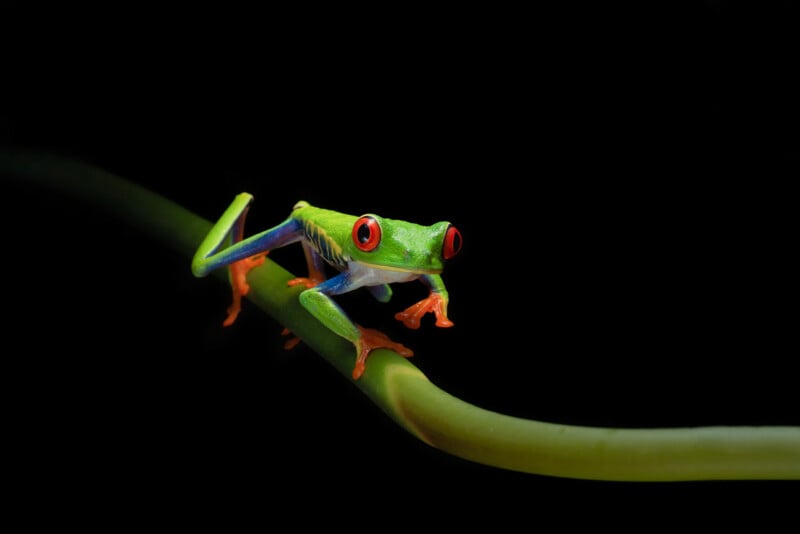
Not only did Brown improve his photography during this time, he also found a new passion to compliment his love for travel and photography. “I learned that I really enjoyed teaching photography and leading trips,” he explains. “This experience led me to branch off and start my own photography workshop company. I had not only found my three biggest passions, travel, photography, and teaching, but I had found a way to merge them into a career.”

The photographer emphasizes that forming partnerships can do wonders for helping to inspire others to pick up a camera and document the world around them. He became a Sony Artisan, began photographing locations for travel brands, and created educational content for partners like Adobe.
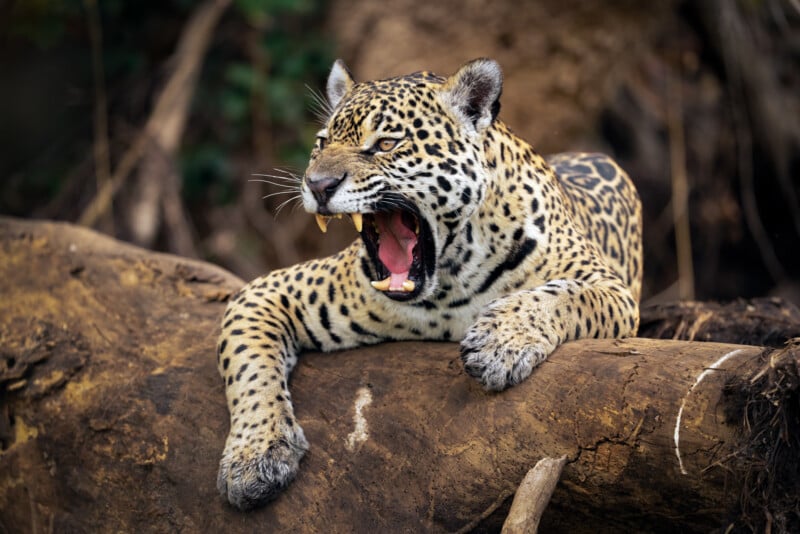
“Capturing the moments in the field is critical,” he says. “However, I am a firm believer that the stories that photographs can tell really come out during the editing process, and my use of Lightroom and Photoshop has been just as instrumental in my success as the photographs themselves. In every workshop that I lead, I set aside hours of classroom time where I help my participants edit their favorite shots from the day in Lightroom. Often, they are just as excited when that final edit takes shape as they were when they captured the photograph in the field. It’s important to me that they understand the power of using clean editing techniques that can help their photographs tell better stories.”
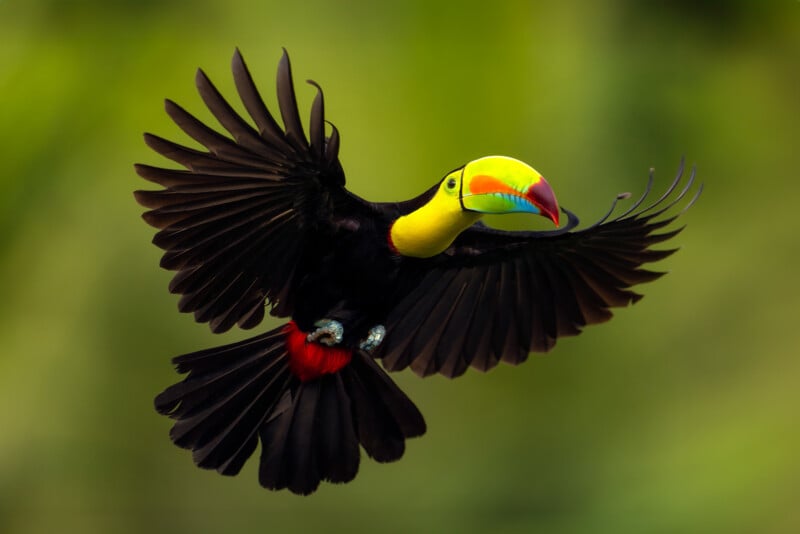
“One of the most valuable lessons any photographer can have is by learning from their mistakes,” says Brown. “I found that the best way for me to improve my skills and photography, both in the field and in post processing, was to study the images that weren’t good, instead of deleting them. Out of 100 images that I may take, maybe only three were good, so I would study those other 97 and identify what I could have done better with composition, settings, lighting, etc.”
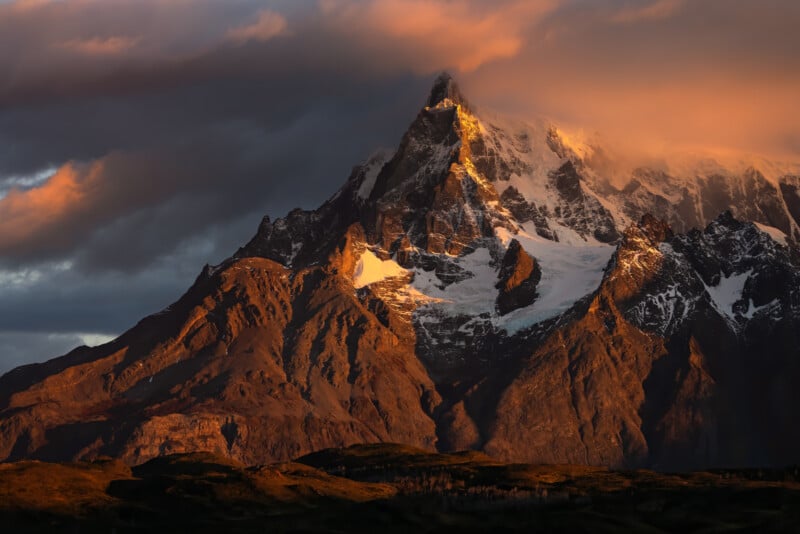
Brown also discovered that learning from his mistakes was just as important in the editing process. “The one thing I always try to teach my students is that the Virtual Copy feature in Lightroom is invaluable to teaching yourself how to become a better photo editor. Lightroom is an incredibly powerful photo editing program, so the options on how to edit your photos are endless. First, I will edit a virtual copy before taking a break from the image. I then return to it with fresh eyes and immediately see what I think I could have done better. I will then create another virtual copy and repeat the process. Being able to compare the virtual copies was an invaluable learning tool that helped me become a much better photo editor.”
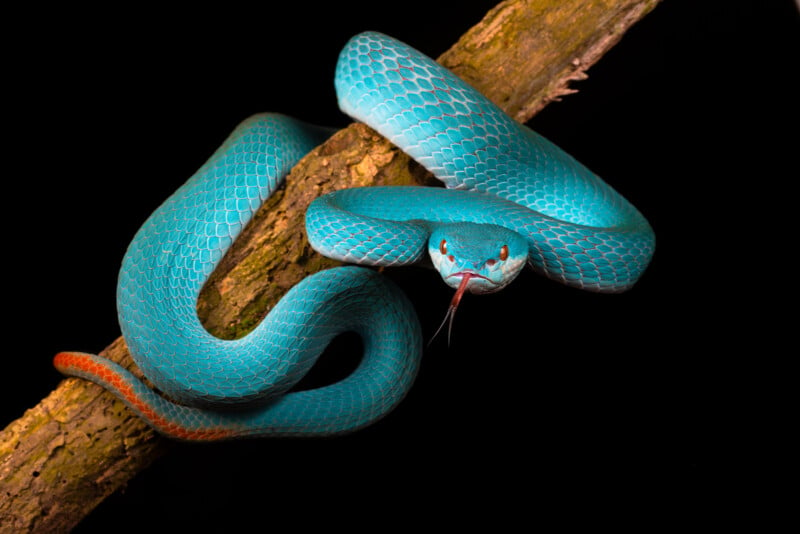
Although Brown has a full schedule of workshops that keeps him traveling to all seven continents for half of the year, he still finds ways to keep himself inspired in between the grueling schedule.
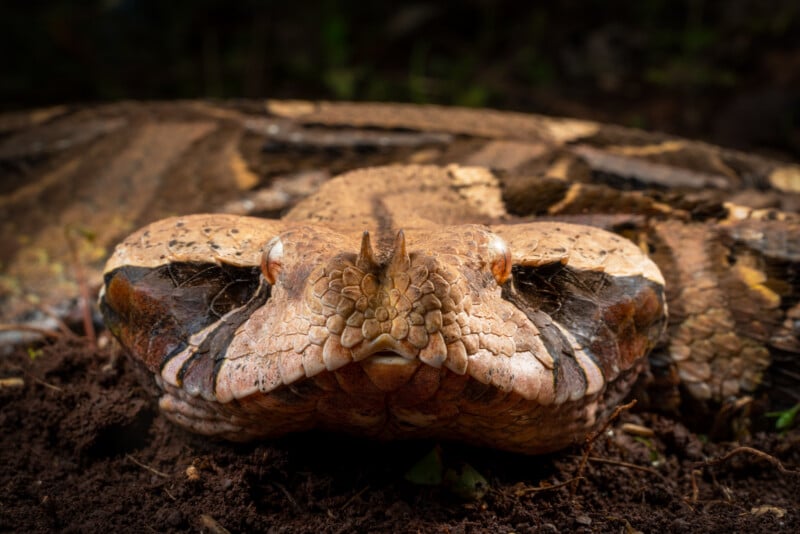
“I am incredibly lucky, in the sense that I am now able to build out my schedule two years in advance. This advanced planning allows me to leave time between workshops so that I can explore a new region at a slower, more deliberate pace, photographing something new that interests me.”
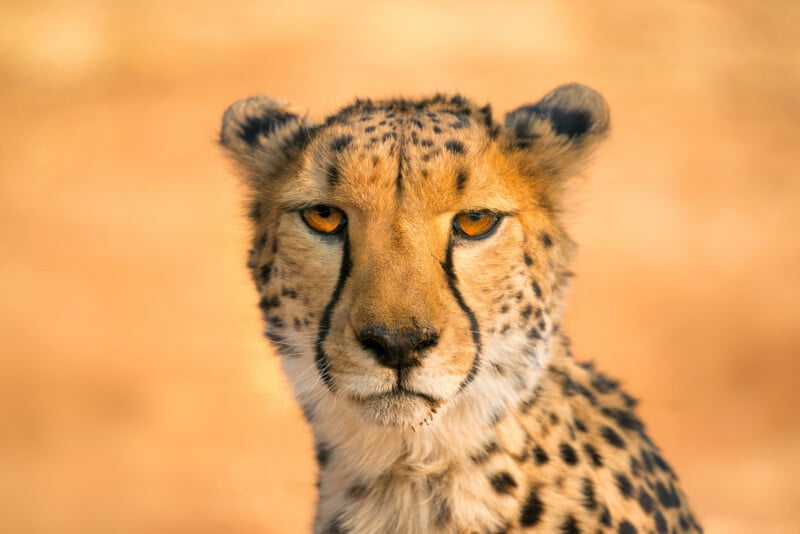
Brown describes, however, that his biggest photography inspiration doesn’t actually come from his own images or experiences. It comes from seeing people find their love for photography. “Most of the people that sign up for my trips have never been to the locations that we are going to,” he describes. “So when they show up to an incredible location for the first time, they’re in awe.”
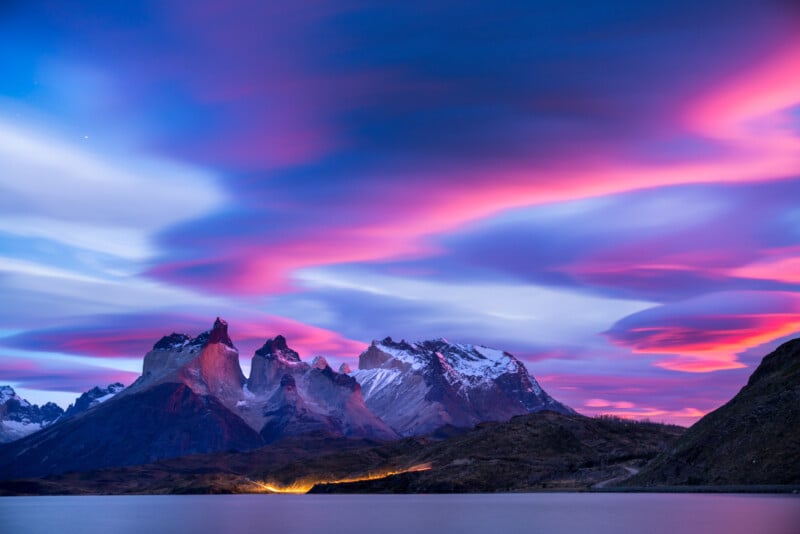
“When they are in the field, I’m helping them work through their challenges,” he continues. “When they capture an image that they worked hard on and overcame the challenges that they faced, they have this epiphany moment. It’s just this joyous smile and excitement. As a photography teacher, it’s contagious, and that feeling continues to push me to be excited about the places that I travel to. The teaching, learning, and collaboration is an incredible experience, and for me, that is what photography is all about. It’s a different type of creative rush, and I think it is vitally important to be able to share our passion and our creative interests in this type of way.”
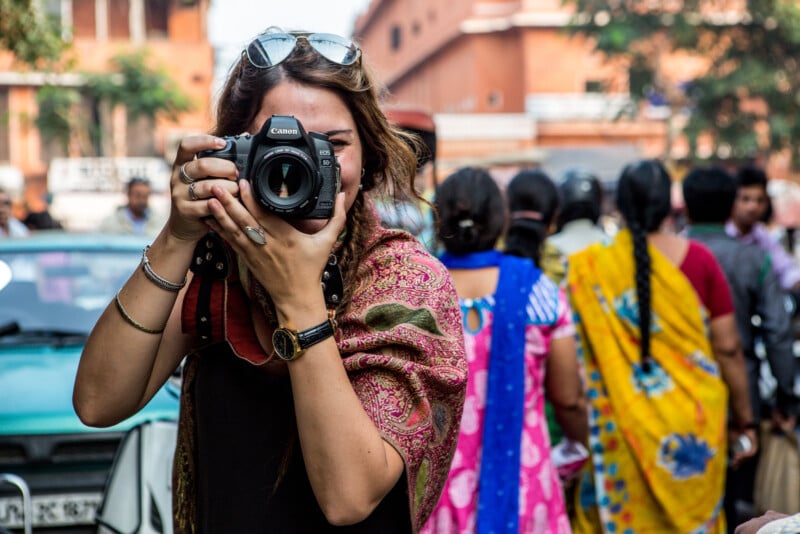
Every August for World Photography Day, Brown makes it a point to connect with fellow photographers in-person and online. “World Photography Day is a phenomenal opportunity for photographers to come together and celebrate the passion of creating content that has significance,” Brown says. “It is a chance to think outside of the box and create something that has meaning to you, as opposed to other content that’s being created these days that people get bored with.”
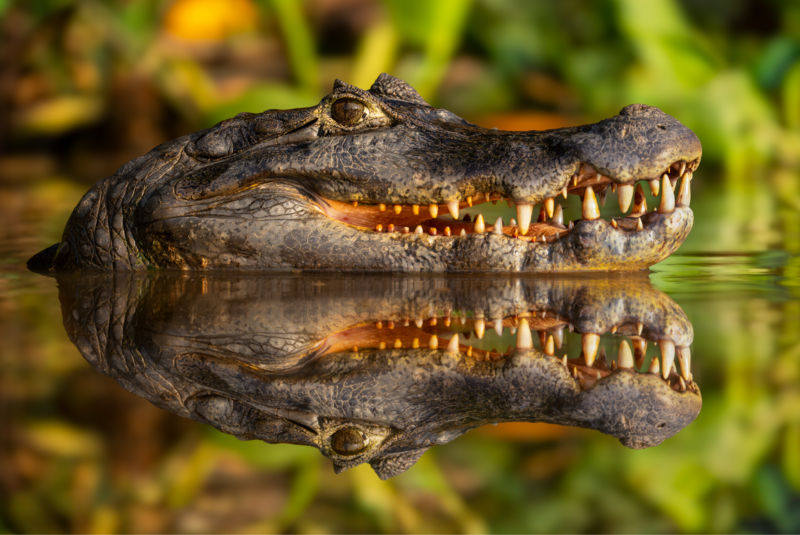
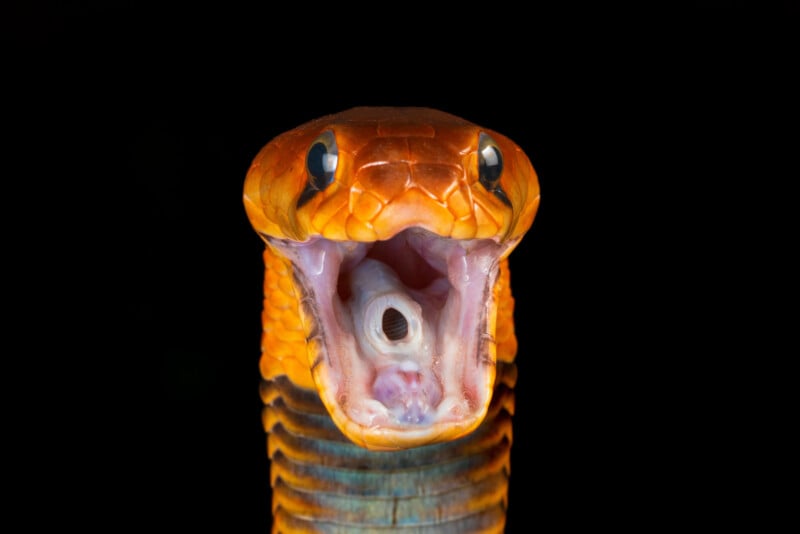
Early in his career, Brown went to a talk given by a National Geographic photographer who talked about the importance of creating for yourself. “The biggest lesson that I learned is that it’s about not creating for the algorithm, not creating for your friends, but creating images that showcase your passion for a subject that speaks to you. And in doing so, you have the ability to share a unique story.”
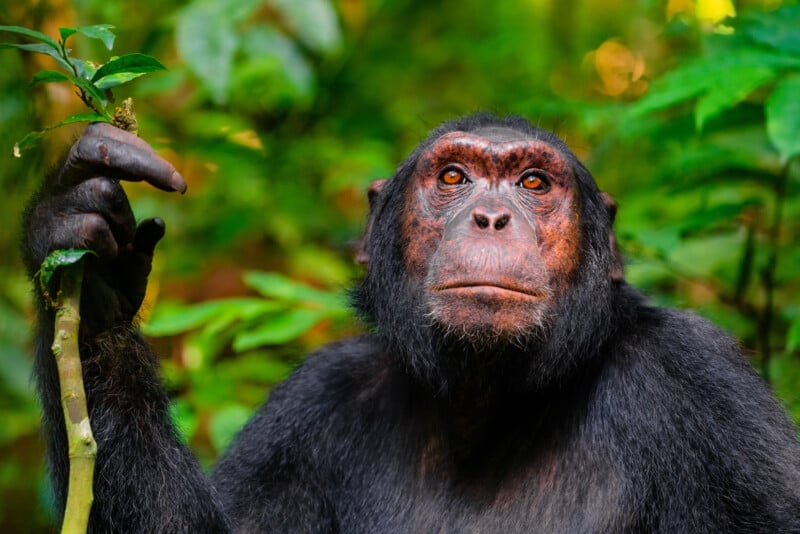
“I think that is what is important about photography: sharing the world that we experience with other people.”
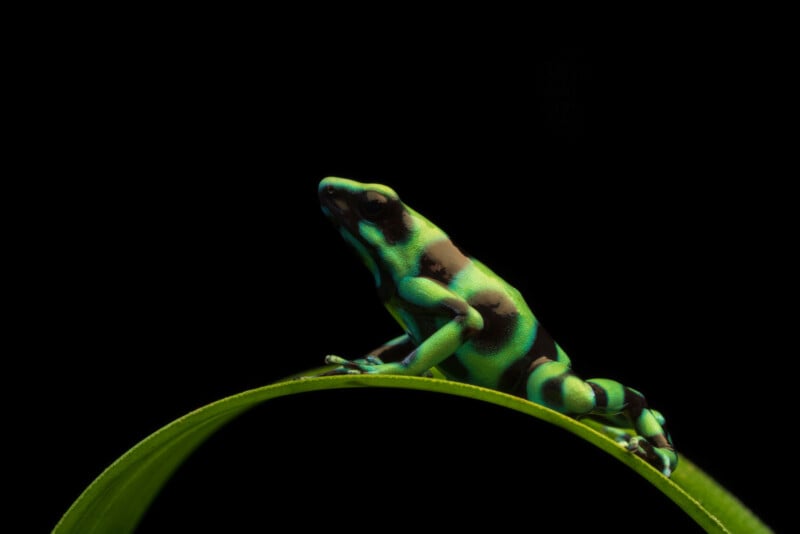
Brown harkens back to the age-old photography saying: If you put 10 photographers in front of a scene and they each take their own image, they will all be different. “In this day of social media, they’ll all be different, but oftentimes not much because too many people are creating for someone else,” he explains. “They’re creating for the rewards of likes and shares. And I think that if we can take a step back, we can learn to be a little bit more creative and to push the boundaries of what we think is possible. We can challenge ourselves to learn the skills and the techniques needed to create more for the vision that we have in our head of what we want to create, as opposed to creating what we think we have to create.”
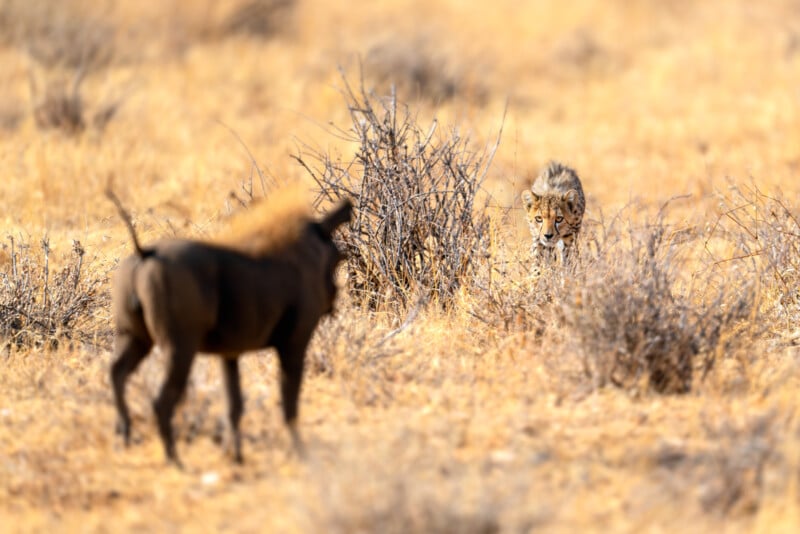
Brown states that, through his decades of travel, he believes that there are three universal languages. “Mathematics transcends language barriers, and no matter the culture, the calculations all come out the same. Music speaks to the soul, even if you don’t understand the words that are being sung. And lastly, photography and art, which transcend the challenges of speaking the same language.”
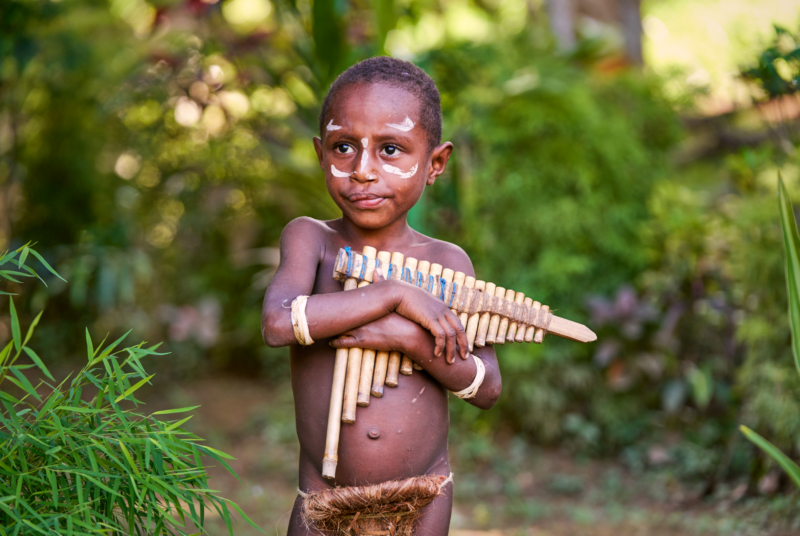
“I keep a portfolio folder in my phone’s camera roll, and I will show photos of a Mongolian eagle hunter, a monk, or a big cat to someone who doesn’t share the same language as me,” Brown describes. “Photography gives us the ability to share experiences with someone who might never be able to experience it themselves, and it breaks down those boundaries that exist. In return, they will often pull out their phone and show me a picture of their cat, their family, or some small glimpse into their lives. I think it’s a fantastic way to share our experiences and lives with others, and it helps both of us understand a bit more of the world, even without having the ability to converse back and forth.”
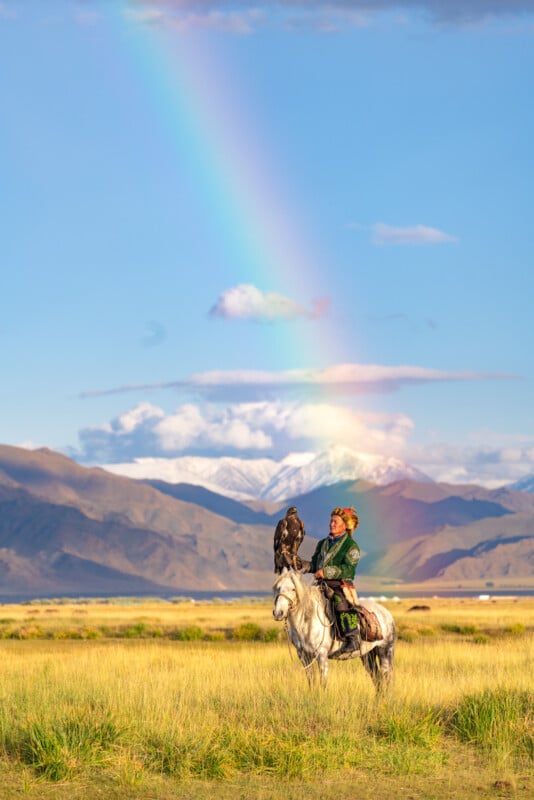
When the conversation is over, Brown will often volunteer to take a portrait of his new friend. “To me, this is the most engaging way to use my skills to converse with someone who lives in a different part of the world or speaks a different language. They will often give me a big smile while I take their portrait before putting their arm around me to look at the results on my LCD screen. This always elicits a big smile and a hearty laugh, and it is the most intimate way that I can connect with someone. To me, this proves that photography is an art that can truly connect the world.”
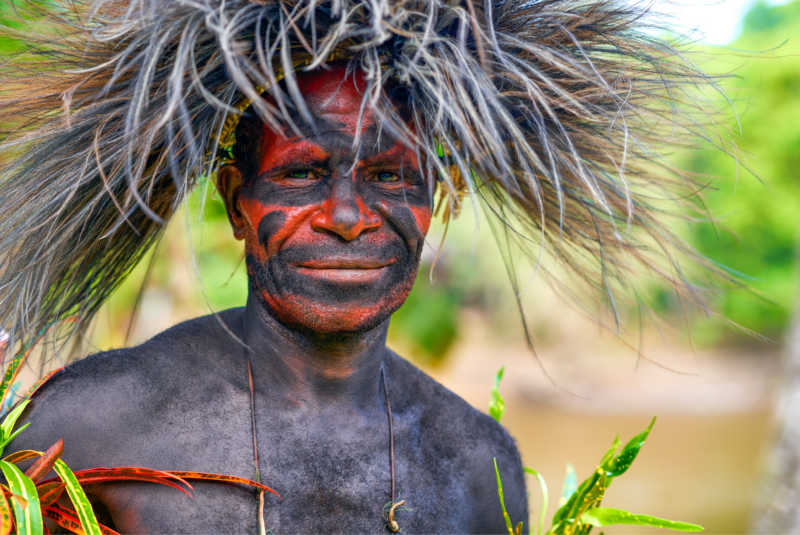
Giving back to local communities when he travels has been a large part of Brown’s photography journey. In 2011, he founded The Giving Lens, a photography workshop organization that blends Brown’s passion and love of photography with the idea of being supportive to communities around the world that need either education, advocacy, or assistance raising money.
“The Giving Lens is an organization that I felt was necessary. Early in my career, there were a handful of problems that I kept running into from an ethical standpoint. There was the dehumanizing nature of travel photography, where tourists felt they’re entitled to photograph other people going about their lives, even in their private moments. It can create friction where the local communities feel that they are being dehumanized.”
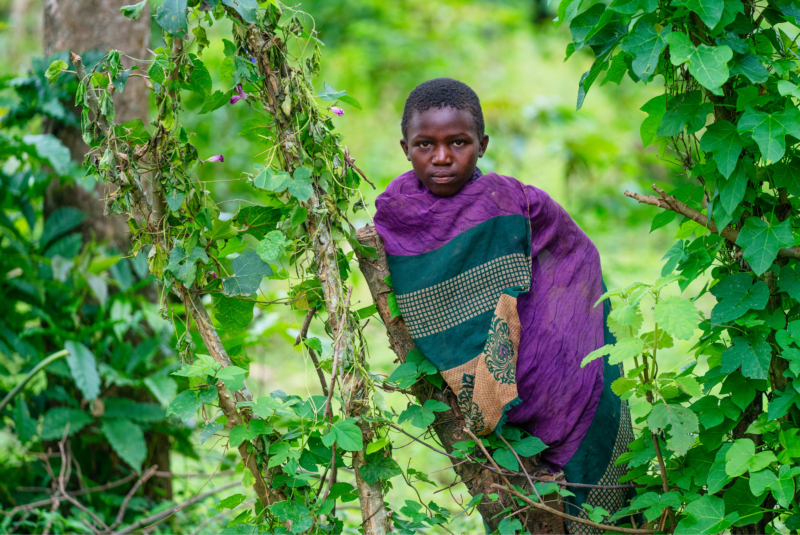
Brown also describes how he didn’t know where his money was going. When researching ethical travel, he was shocked to find that many of the local hotels or tour operators were owned by out-of-country businesses. “I learned that a lot of money that tourists spend in a location doesn’t stay in the location for very long,” he says. “The first goal of The Giving Lens was to spend as much of our budget as possible with local operators.”
The second goal was to give back to the community while also capturing photographs that can help empower its citizens. “A typical workshop with The Giving Lens will have our group of photographers volunteer their time with a local, not-for-profit NGO,” he states. “Oftentimes, this consists of bringing donated cameras and teaching underprivileged youth how to harness their creativity and tell their own stories through the art of photography.”
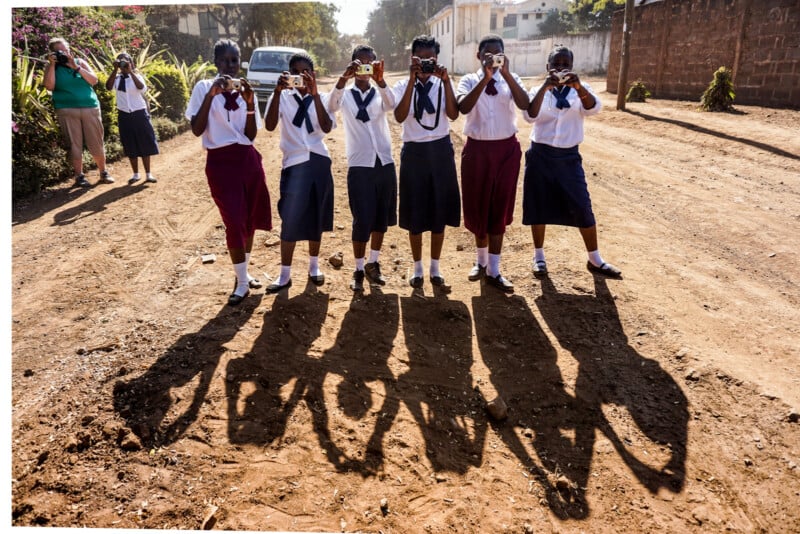
The format wound up being an incredibly successful experience for both the photographers and the locals. “One location and NGO that always sticks out to me is working in Nicaragua with the children of Empowerment International. Over the years, we would work with the same children and see their growth. Not only would they mature as people, but their photography became so incredible they were able to rent a gallery and sell prints to tourists. This created a revenue stream that helped the NGO to keep its doors open and its after-school programs running.”
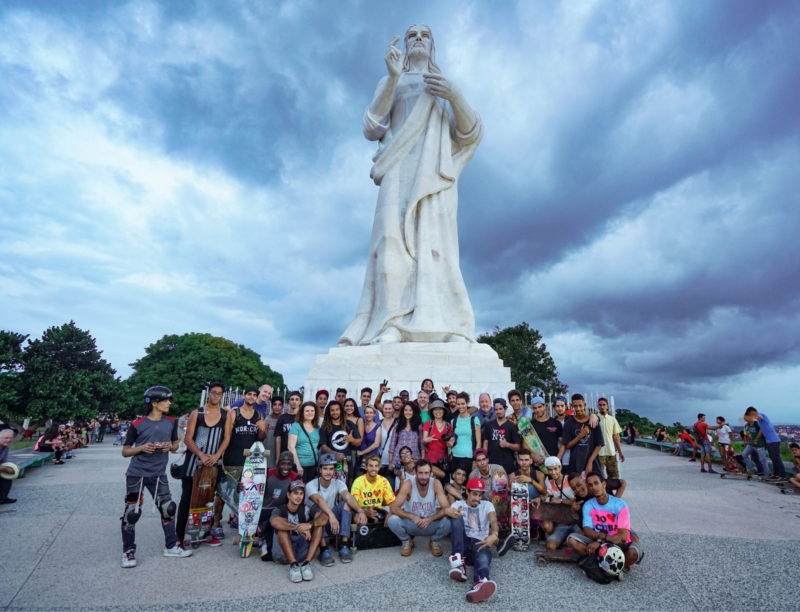
“At the end of our trips, we donate our photographs and the remaining available funds to the NGO,” Brown says. “The Giving Lens was a great opportunity for us to bring aspiring photographers on a unique adventure where the money they spent on the trip went back to the communities that they found themselves working in. I feel that it is a success story of the power of art and the passion of aspiring photographers and how they can find new and interesting pathways to make a difference in communities around the world.”
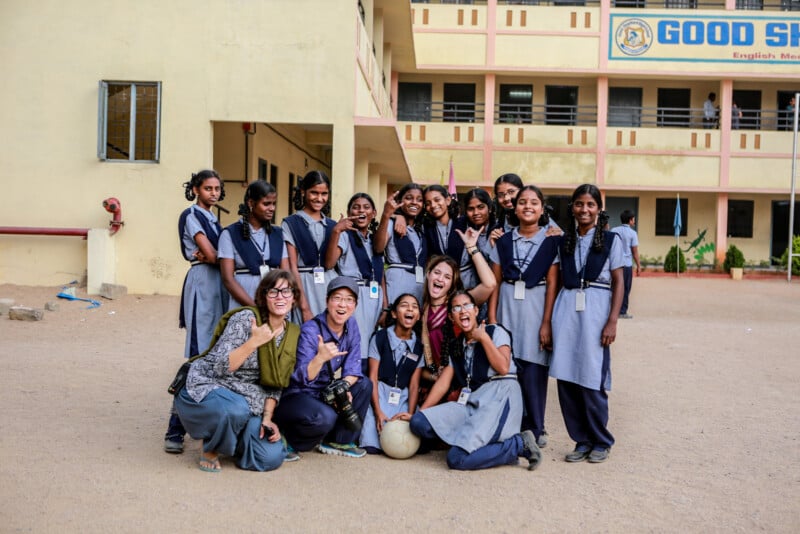
Lastly, Brown states that, although people’s hearts are usually in the right place, the way they go about international philanthropy is often ineffective, and can even have lasting negative effects. “The idea behind The Giving Lens is not to solve other people’s problems, but to try to support and assist people in these communities to be able to provide opportunities for themselves to develop skills, to build industry, and to learn the techniques that will help them take care of themselves.”
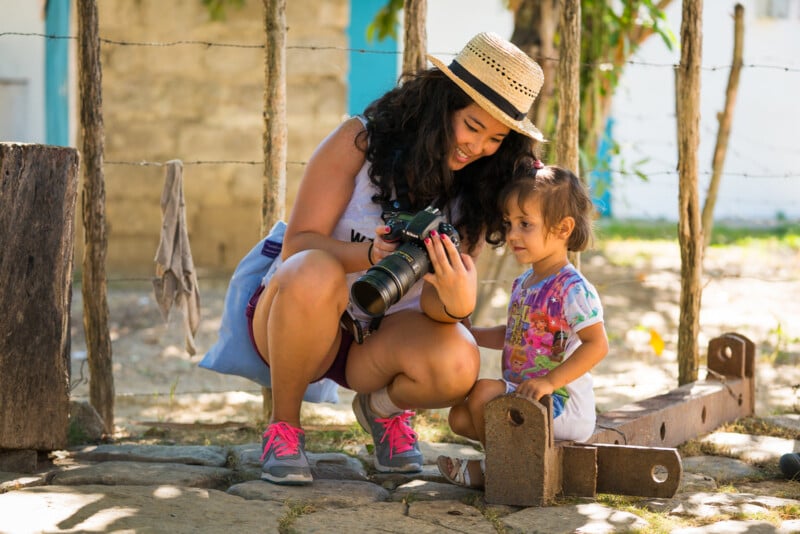
While interest in travel photography has exploded over the years, Brown still finds meaning in the stories that he strives to tell. For him, travel isn’t about capturing Instagram photos, but rather telling the stories of the people and wildlife that call a place home. “For me, photography is about conversation,” he says. “I aim to have all my photos be conversation starters, whether that be highlighting the thousands of different cultures around the world, or sharing the plight of endangered species. Being able to share those moments and bring people into these experiences is a fantastic way to appreciate photography and the benefits that it has had to us as a species.”
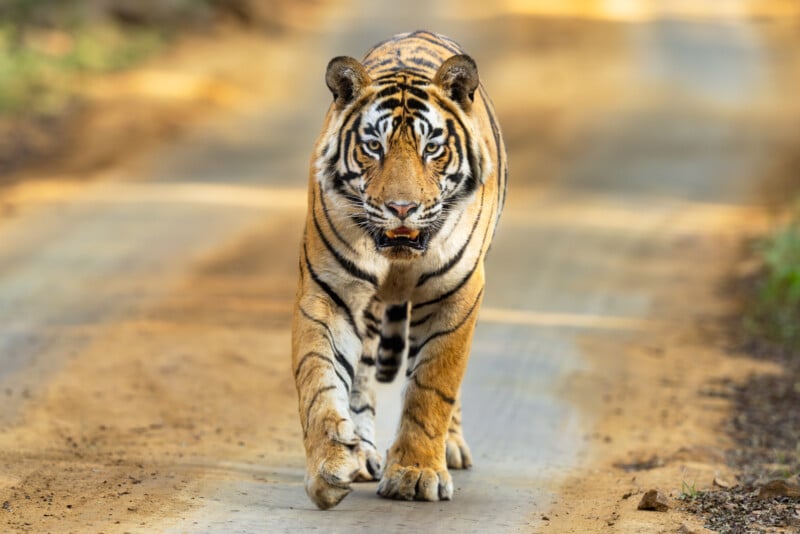
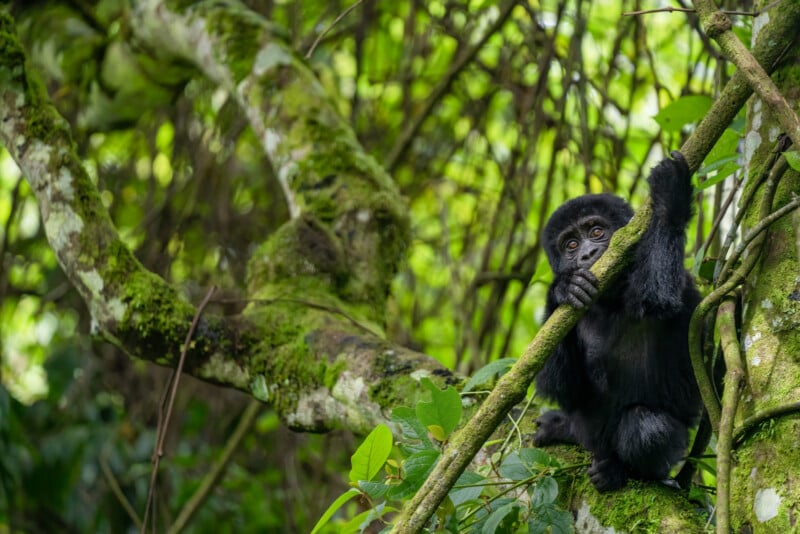
Brown believes that consistency is monotony, which led him to wanting to challenge himself with his photography. “Every few years, I find myself getting complacent so I challenge myself to learn something new,” he explains. “For the last few years, that has been wildlife photography and telling stories of the millions of creatures that we share this planet with. It’s provided an endless amount of new challenges. You have to learn about different species and their habits and learn how to best photograph and capture these amazing creatures in very remote and challenging places around the world.”
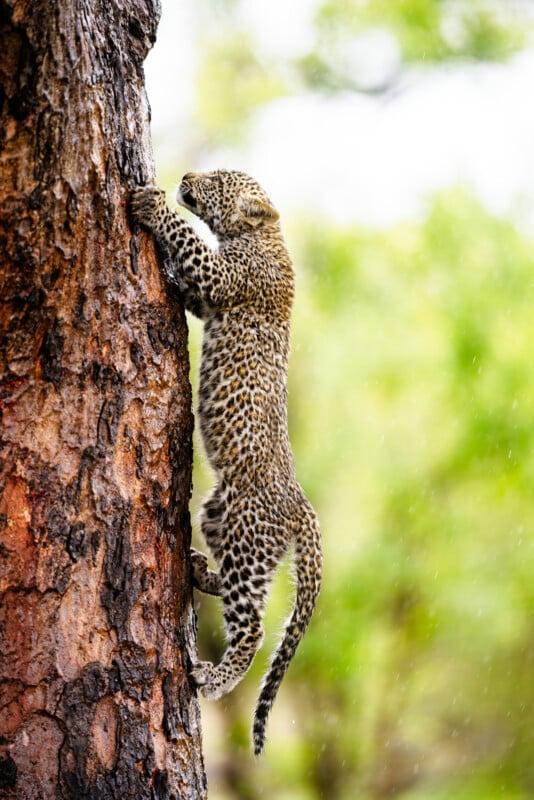
Through all of Brown’s work, whether travel, philanthropic, or wildlife, his goal has always been to tell stories through his photographs. “When it comes to travel photography, you have so many different opportunities to blend the elements to tell different stories,” he says. “Whether it’s details, environmental portraits, or combining scale and perspective to create images that allow the viewer to feel like they’re a part of that experience with you. When it’s done well, it’s that kind of undefinable characteristic of an image that has an impact on its viewers. I always want my viewers to stop and examine the image. I want them to use their imagination, to put themselves in the scene, or in the shoes of the person that they are seeing. I want them to ask questions like: What is life like in this place? What is the emotion on their face telling me? These are the stories that continue to inspire, educate, or raise awareness.”
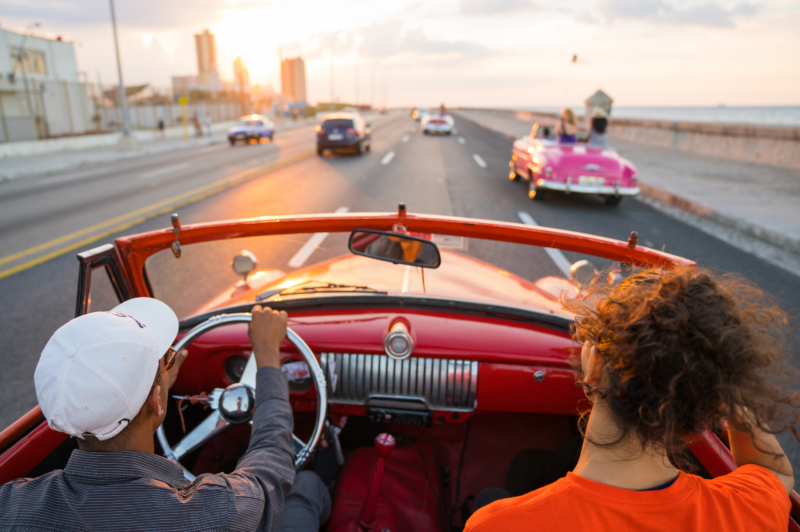
Finding unique experiences is important for Brown to tell stories that have yet to be told in the ever growing travel photography industry. “To tell unique stories, you need to do your research and, most importantly, learn patience,” he describes. “For years, I have been traveling to the Solar de Uni, the largest salt flats in the world located in Bolivia. In February and March, the flats have shallow water that create incredible reflections where the sky meets the earth.”
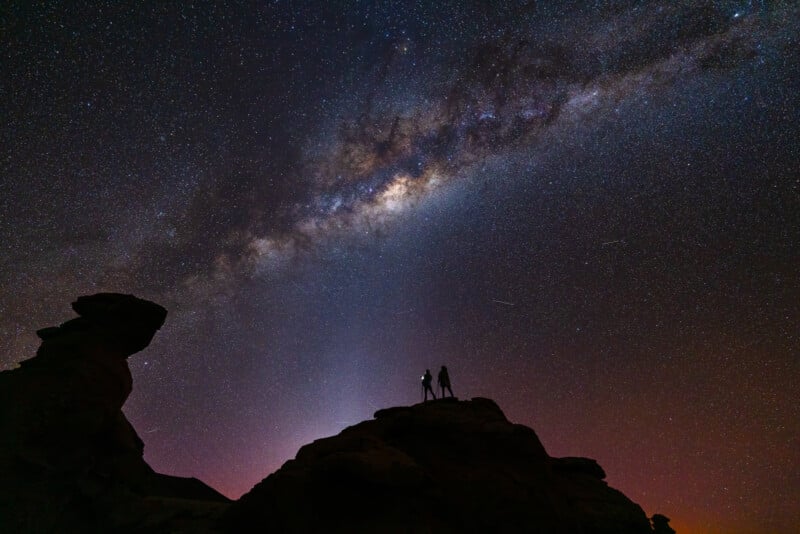
This year, I was leading my Bolivia photography workshop when I noticed storms were brewing in the distance. I helped get my participants set up and informed them that they may see something completely unexpected and unique. Almost on cue, lightning began to expel from the distant clouds, creating a reflection in the salt flats’ shallow water. It was an amazing moment to be able to see this transpiring. It was crucial to have the right gear and knowledge to be able to put the pieces together for the chance to photograph something unique that I hadn’t been able to do in the 10 years that I had been visiting Bolivia. Practice, knowledge, passion, and patience all played a part in capturing one of my most treasured photographs.”
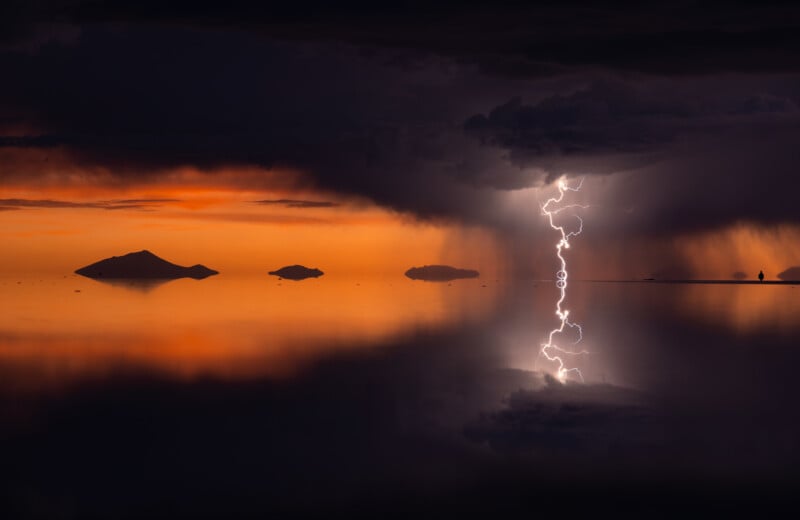
Brown describes that telling stories of wildlife is a completely different type of challenge, as you are working with unpredictable subjects. “To me, wildlife storytelling requires more effort and energy because I have to learn about my subject to be able to creatively and impactfully capture unique images.”
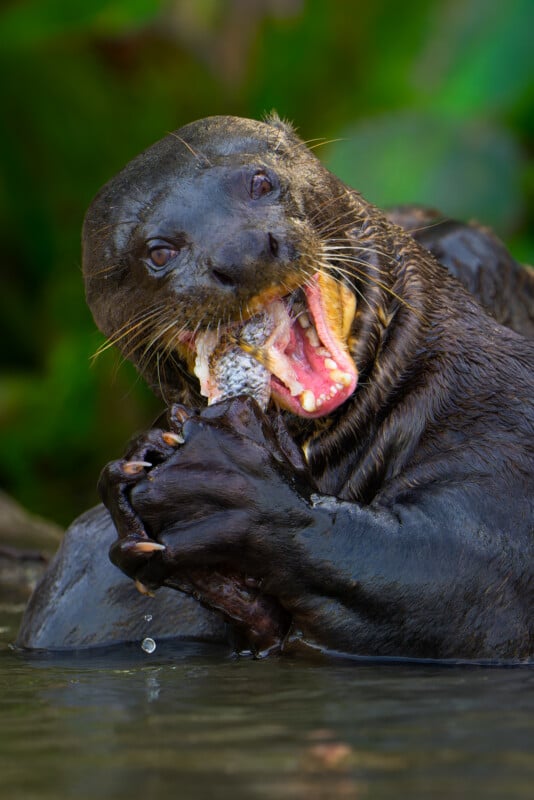
Brown references one of his favorite, and challenging, wildlife photography subjects. “Capturing jaguars in the Amazon rainforest is an amazing experience,” he says. “However, it’s incredibly challenging. They are the only big cats that hunt in the water, so I had to learn their habits and look for specific characteristics to be able to foreshadow where they are going in order to place my boat in the right place for that moment when the action happens.”
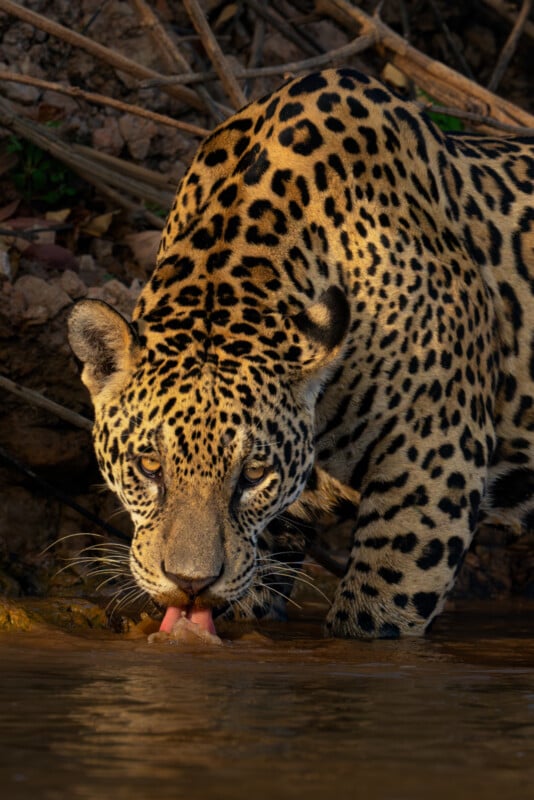
Brown states that it is imperative to hire experienced local guides when trying to capture wildlife. “Local guides will know how to get a photographer to the right place, while remaining not only safe, but unobtrusive so that nature can unfold as it is supposed to,” he states. “This is vital to telling stories of wildlife. With human expansion making it more difficult for wildlife to survive, it’s imperative that we, as wildlife photographers, photograph these moments without disturbing the natural cycle of life. As it becomes harder for wildlife to find consistent food, even disturbing one hunt can have negative effects for that species, and its offspring, for a long time. Local guides will not only get you to where you need to be, they will be sure to keep you from creating unnatural disturbances.”
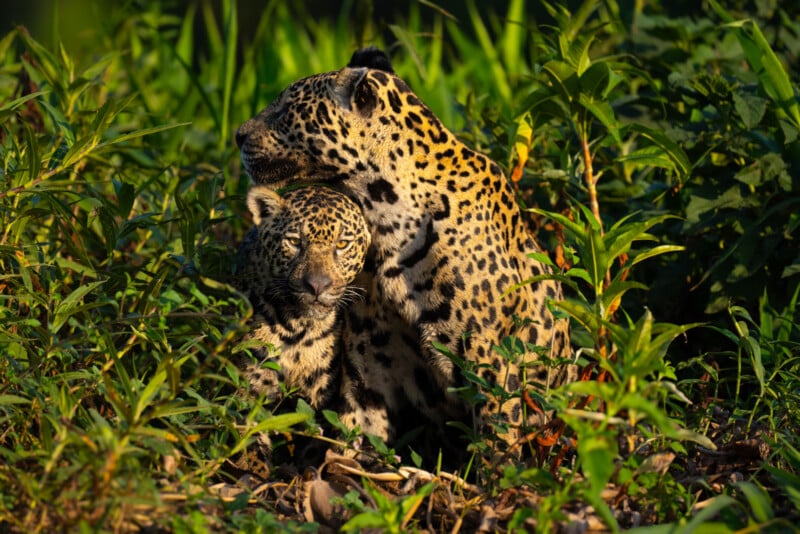
Brown is a firm believer that photography can be a powerful tool to drive awareness and change. “If one subscribes to the idea that photography can transcend boundaries and language,” he states, “then it is easy to understand the power of how photography can bring awareness to the challenges and the realities of what it’s like for the people and wildlife species that are struggling in the world around us. Having the ability to use our creative passion and our love of photography to be able to share stories of challenge, hardship, and success allows us to share in those moments and put a spotlight on the challenges that the world faces. It generates awareness that might resonate with someone who in turn lends their experience and time to help champion for the causes that they believe in, whether it is helping to save an endangered species or empowering others to find their creative voice.”
“Photography changed my life almost two decades ago, and I have talked with thousands of fellow artists who feel that it has changed their lives for the better as well. Photography is one of the most beautiful art forms in the world. It’s challenging, it’s enthralling, it’s intimate, and above all, it’s an art form that allows anyone in the world to tell their own story and the stories that they care about, even if the audience doesn’t speak the same language. Everyone in the world can relate to the stories told in photographs. And to me, that is what makes photography one of the most beautiful and powerful art forms in the world.”
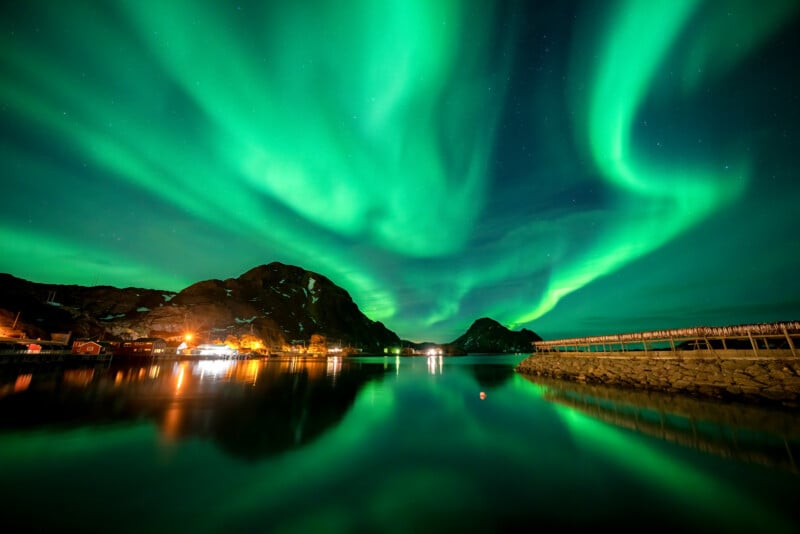
Colby Brown is a Sony Artisan and photo educator who leads workshops to destinations such as Uganda, Patagonia, Costa Rica, and India. More from Colby Brown can be found on his website and Instagram.
Full disclosure: This article was brought to you by Adobe
Image credits: All photos by Colby Brown
